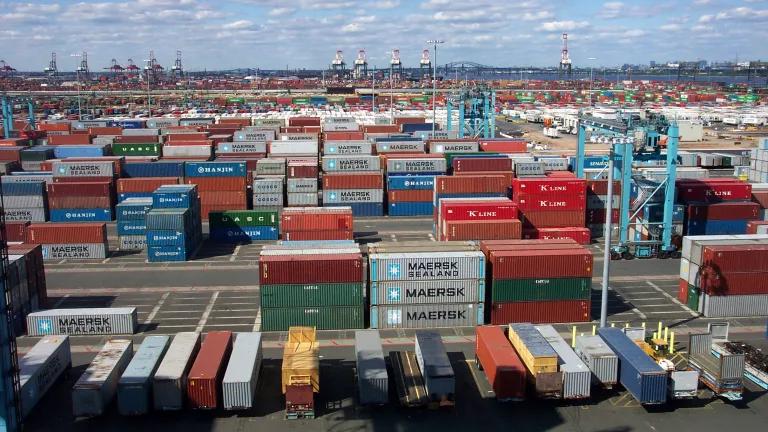Lately, I've been on a bit of a tear writing about traffic congestion and its impact on commuting. For instance, titles of some of my recent blogs include:
- Less funding, more traffic
- Transportation Triple Threat: Bad Roads, Worse Traffic and a Fiscal Mess
- Commuting in America
- Meet America's Mega-Commuters
- Women and Traffic
You get the gist: Traffic sucks, car commutes can be a hassle, transit can help.
Continuing with that theme, let's talk about a new study that trumps the outdated, somewhat misleading Annual Urban Mobility Report, issued by the Transportation Institute at Texas A&M. The TTI ranking of the nation's cities based on how bad their commute is has been rightly criticized for its "maddening wrongness" -- and for being a tool for those who cite its findings as a reason to add or expand roads to reduce congestion, thereby encouraging more sprawl.
Instead, new research out of the University of Minnesota offers a better way to grade city transportation services. The study, Access Across America, goes beyond congestion rankings to focus on accessibility: "a measure that examines both land use and the transportation system."
This analysis, which is the first systematic comparison of trends in accessibility to jobs by car within the United States, compares accessibility to jobs by automobile during the morning peak period for 51 metropolitan areas, showing which cities are performing well in terms of accessibility and which have seen the greatest change. To generate the rankings, the study provides a weighted average of accessibility, giving a higher weight to closer jobs. Jobs reachable within 10 minutes are weighted most heavily, and then jobs are given decreasing weight as travel time increases up to 60 minutes.
Based on this measure, the 10 metro areas that provide the greatest average accessibility to jobs are Los Angeles, San Francisco, New York, Chicago, Minneapolis, San Jose, Washington, Dallas, Boston, and Houston. (In contrast, two cities where I spend a lot of time -- Charlotte and Raleigh -- rank near the bottom in terms of access to jobs via automobiles.)
Other key takeaways:
- large metros offer the greatest number of jobs within a 10-minute car commute
- a 1% increase in “accessibility” is linked to a 0.06% reduction in share of commuters who drive
- a 1% increase in “accessibility” is correlated to a 90-second reduction in average commute time each way
- prioritizing “accessibility” in transportation investment — rather than alleviating congestion – might be more economically beneficial for metro region
The full study and interactive map can be found here. But below is an image comparing accessibility over time.

"Focusing solely on mobility and traffic delay doesn't provide a complete picture of how the traffic system is functioning," says David Levinson, the University of Minnesota professor and author of the study. "Travelers in many of these cities have the ability to reach their desired destinations, such as shopping, jobs and recreation, in a reasonable amount of time despite congestion and slower travel because these cities have greater density of activities. In short, these travelers enjoy better access to destinations."
Levinson says his research offers an important takeaway for metro areas interested in increasing accessibility:
“There are two ways for cities to improve accessibility—by making transportation faster and more direct or by increasing the density of activities, such as locating jobs closer together and closer to workers. While neither of these things can easily be shifted overnight, they can make a significant impact over the long term.”
In other words, it’s less about how we build our roads, and more about how we build our cities.
On that note, a few years ago NRDC released analysis on "location efficiency" -- a measure of transportation costs in a given area. With transportation costs accounting for roughly 17% of the average America household's income, the need for better land use planning is pretty clear. Our particular study showed that factors such as neighborhood compactness ("walkability"), access to public transit, and rates of vehicle ownership are key factors in predicting mortgage performance. Just recently, another study on the relationship between residential real estate and public transit in five U.S. metropolitan regions found that: "Although the recent economic crisis had a negative effect on housing prices around the country, property values with good access to public transit remained much closer to their pre-recession levels than properties without access, even within the same city."
Those studies and the latest one about prioritizing “accessibility” in transportation investment (i.e., enhancing and expanding public transportation rather than more roads to alleviate congestion) point the way to a better strategy for metropolitan regions where people are stuck in traffic.
Or as we say at NRDC: More transit, less traffic.
http://plancharlotte.org/story/access-transportation-jobs-commute-charlotte-region




